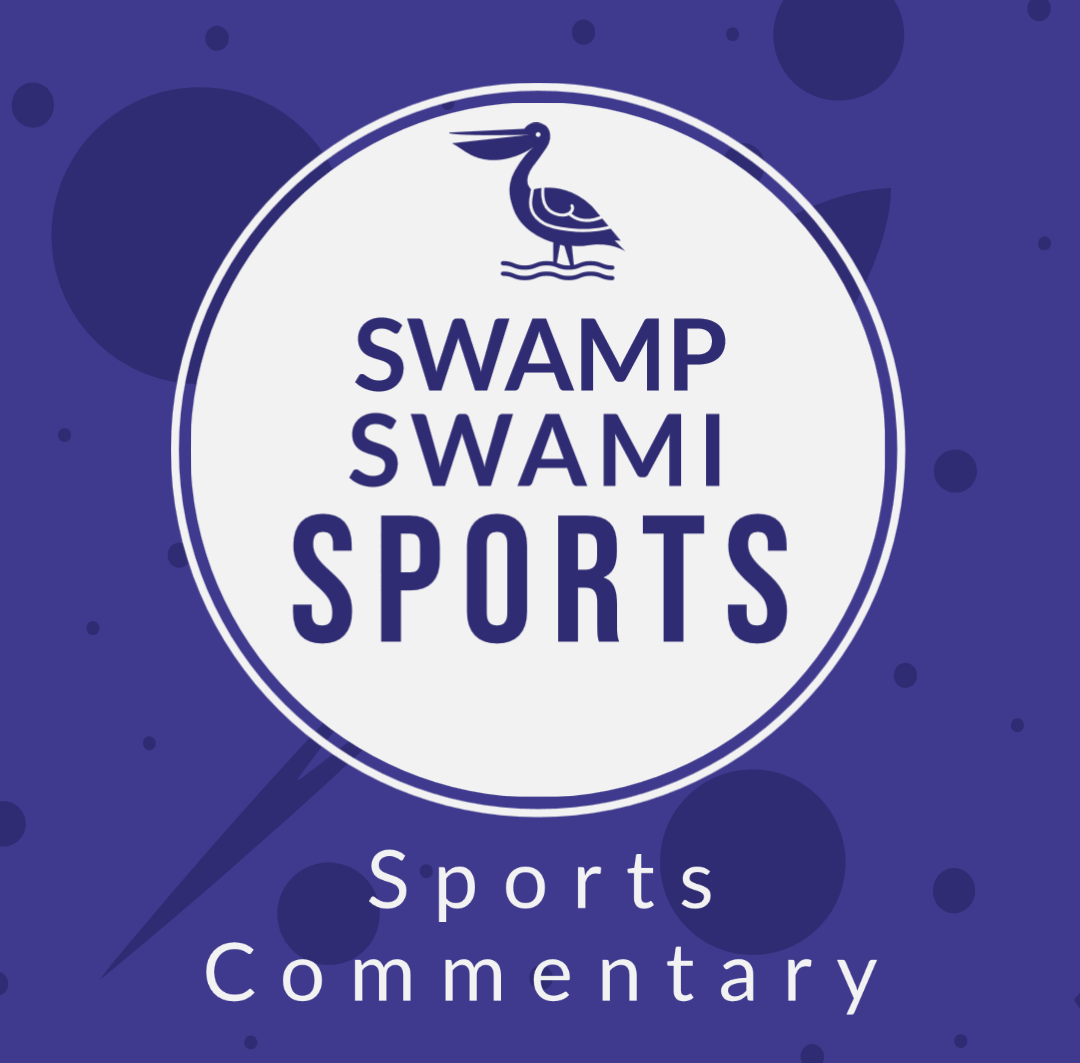Podcast: Play in new window | Download
Subscribe: RSS
This story is definitely not about any current legislation in Washington, DC which may or may not happen anytime soon.
I’m going to try to explain the historic $2.576 billion college sports settlement agreement which was finally approved by a federal judge late last week.
The settlement agreement will (eventually) spread a lot of money around to many college athletes who competed in NCAA sports after June 15, 2016 through the present.
Feel free to read the entire 76-page ruling by clicking here (Warning – it’s quite boring!)
The big, ugly settlement agreement (I’ll refer to it as the “BUSA” in this post) also introduces the advent of revenue sharing with college athletes beginning July 1, 2025.
Did someone just say, “Pay for play is here to stay?”
Quick history:

A couple of lawsuits were brought a few years ago by former NCAA student-athletes against the NCAA and the Big 5 Conferences (the ACC, Big Ten, Big 12, Pac-12, and SEC).
The lawsuits challenged current NCAA and/or conference rules which prohibited or restricted student-athlete compensation. Name, Image, and Likeness (NIL) payments to student-athletes finally became legal in 2021. This BUSA goes five years further back to June 15, 2016.
Last Friday’s approval of the agreement resolved those lawsuits and created several new rules. The changes will affect the major athletics conferences and force important decisions for all schools participating in NCAA Division 1 athletics.

How many student-athletes are (potentially) eligible for payment?
The BUSA identified a potential “pool” of 389,700 athletes who might be eligible for some portion of the loot. Full scholarship Power 5 conference football or basketball (men and women) players were not required to apply in order to be eligible for compensation.
How the settlement money will be divided?
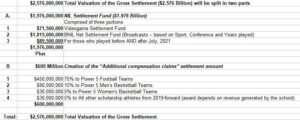
The BUSA valued the total cost at $2.576 billion. It is broken into two primary portions.
The largest ($1.976 billion) provides compensation to:
- Players NIL used in video games ($71.5 million)
- Players NIL used in broadcasts (1.815 billion) – based on sport, conference, and years played
- A special allocation ($89.5 million) to players who participated before AND after July, 2021
The remaining $600 million of the settlement will be divided as follows:
- 75% ($450 million) to Power 5 conference football players
- 15% ($90 million) to Power 5 conference men’s basketball players
- 5% ($30 million) to Power 5 conference women’s basketball players
- 5% ($30 million) to all other scholarship athletes from 2019-forward (each award depends on the revenue generated by the school)
Would you like to guess how much the legal fees cost to produce this monstrosity?

Nearly $500 million (24.5%) has been designated for the Class Counsel (attorneys for the plaintiffs).
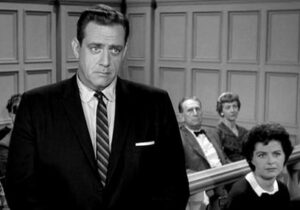
The lawyers significantly outperformed the athletes in terms of per-person settlement compensation from this deal, didn’t they?
When will the student-athletes start receiving checks?
Payments will begin as early as July 1 – as long as the student-athlete made a timely response to emails and letters sent by the attorneys prior to the BUSA’s approval. Payments will be in equal amounts across the next ten years.
Which schools have to pay for these retroactive payments?
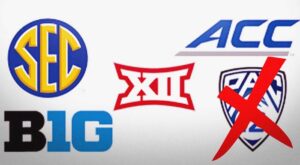
The so-called “Power 5” (well, that’s now Power 4 after the Pac-12 dissolved in 2024) are primarily on the hook for these payments.
The Atlantic Coast Conference has 17 schools (+ Notre Dame). The Big Ten (18), Big 12 (16), and Southeastern Conference (16) which brings the total to 68 schools.
That works out to nearly $3.5 million/year per Power 5 school to be paid in each of the next ten years.
Where will the colleges get the money to make these retroactive payments?
Let’s utilize SEC member LSU as an example.

The LSU Tigers have a hefty annual athletics budget over more than $200 million.
The NCAA (or the SEC) will likely confiscate the money from LSU’s annual revenue distribution in order to pay the school’s “fair share” of the settlement.
Expect LSU’s enthusiastic boosters to be asked to ante-up and cover this loss of revenue. Any financial shortfalls might cause a trickle down effect and reduce funding for a few of the school’s minor sports.
Each of the Power 5 Conference schools had their attorneys participating in the crafting of this BUSA. The annual costs per school should not come as a surprise to any of the major universities.
What about the smaller NCAA programs? Are they now on the hook for these payments?
There were 134 NCAA FBS Division 1 football schools in 2024. That leaves 66 other non-Power 5 football programs.
There were approximately 350 NCAA Division 1 basketball programs during the settlement period.

The final $30 million portion of the settlement is going to be divided among many schools. It should be a relatively small amount per school.
However, the smaller athletic programs are going to have some big decisions to make very soon (keep reading).
This BUSA is causing a tidal wave of significant changes to college athletics around the country
Welcome to revenue sharing beginning this fall!

Each of the NCAA’s major college programs (the Power 5) will begin doling out a significant amount of their annual athletics revenue directly to scholarship athletes beginning this fall.
That’s right!
These new revenue sharing agreements will be in addition to any money which the student-athlete earns via third-party NIL endorsements.
The settlement agreement stated that no school will distribute more than 22% of their annual athletic revenues directly to student-athletes.
Welcome to (officially) the days of pay-for-play in college sports!
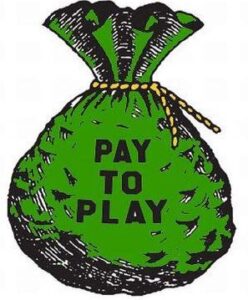
In fact, the Power 5 conference schools will start the 2025/2026 school year with an annual “cap” of $20 million. The funding cap will rise by 4% per year and reach $32 million by 2034.
The non-Power 5 conferences and their member schools must make some important decisions soon as to whether to “opt in” and adopt this new revenue sharing idea.
The significantly lower television revenue generated by these smaller conferences/schools means that their 22% maximum athletics department revenue sharing won’t approach the $20 million “cap” in place for the larger conferences.
Who decides how much money a particular player in a sport will receive?

Each school’s athletic department will make its own decisions as to who gets what portion of the $20 million (maximum) pie at Power 5 institutions beginning this next year.
The BUSA estimated that the majority of broadcast revenues came from football (75%) with men’s basketball (15%), women’s basketball (5%), and other sports like baseball, softball and gymnastics providing the remaining 5% increment.
Most universities are expected to (generally) follow that guideline for payments made to participants in each sport – at least in Year #1 beginning July 1, 2025.
Some major programs are concerned about Title IX implications if less than 10% of the $20 million is funneled back into women’s sports.
Each school will be permitted make its own decisions with regard to spreading the revenue sharing money around within its sports programs.
Will the top football and basketball stars still get rich from big NIL deals?
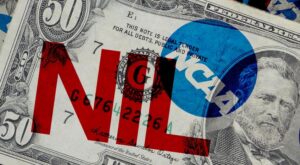
That won’t be as likely going forward.
The settlement established a new third-party group called the College Sports Commission.

Attorney Bryan Seeley was named CEO of the new organization which will oversee all NIL transactions beginning this summer.
His group will review every proposed new NIL deal valued at more than $600 annually (correct).
Proposed NIL deals for athletes will be evaluated in three primary areas.
Who is making the payment? What is the business purpose? What is a fair range of compensation for that business purpose?
Let’s say that a a top college quarterback lands a spot on an upcoming insurance company commercial.

The new rules would stipulate that the QB should not receive more money than, let’s say, Kansas City Chiefs coach Andy Reid was paid for a similar role.
Student-athletes with existing NIL deals (no matter how large the dollar amount) will be allowed to continue (grandfathered provisions) until that agreement expires or the player leaves the university.
What happens to future NIL cheaters?
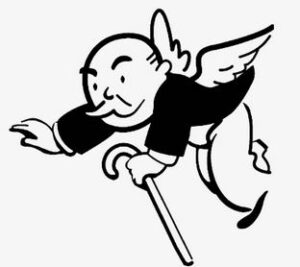
Good question! We all know that the biggest athletics programs are going to find creative ways to beat the system to keep an edge on their competition.
The new College Sports Commission permits third-party arbitration if the student-athlete and/or university should disagree with any NIL action or enforcement decision.
The NCAA will remain in charge of making all other enforcement decisions which are not part of the new College Sports Commission’s domain.
How will this affect mid-major athletic programs such as Louisiana Tech or UL-Monroe?
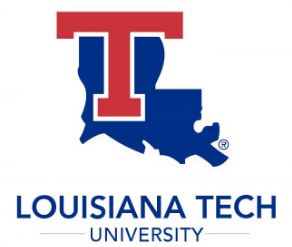
There’s good news and bad news here.
The good news is that schools like Louisiana Tech (Conference USA) or UL-Monroe (Sunbelt Conference) will not have to contribute a significant amount into the back-payment portion of the BUSA.
The conference itself will soon dictate whether Louisiana Tech or UL-Monroe must spend up to 22% of its athletics revenues to pay student-athletes.
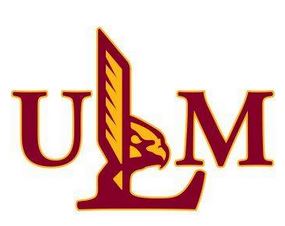
Those discussions are underway and will have a profound effect on many programs.
The worst news is that many mid-major athletic programs were already struggling just to break even. Where will they find the incremental revenue to pay players out of the school’s depleted athletics budget?
Some college athletic booster organizations have maxed-out in recent years in trying to prop-up their favorite university’s sports teams.
The state of Louisiana just passed a tax increase for online sports gambling to raise more money dedicated to college athletics. This tax increase is expected to add up to $2 million per year for each state university’s athletics budget.
Other states around the country are also scrambling to find extra money to help bolster college athletics programs in what has become a much more costly athletics environment.
I expect to see conference realignment at the mid-major levels very soon as some programs finally wave the white flag of financial surrender.
Some athletics programs may drop to a lower NCAA division or into the NAIA.
Others may drop athletics entirely.

This Big Ugly Settlement Agreement just dropped a bomb on college athletics.
